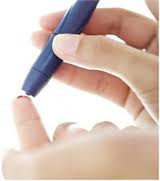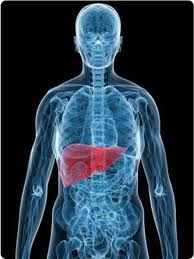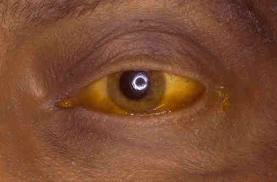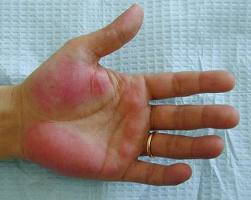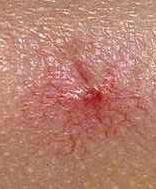 Giving or receiving the gift of life through organ donation is truly a gift. This week’s story – “CDC’s proposed guidelines for transplants say two sex partners is too many for top-notch organ donors ” may well jeopardize the availability of this precious gift to those in need.
Giving or receiving the gift of life through organ donation is truly a gift. This week’s story – “CDC’s proposed guidelines for transplants say two sex partners is too many for top-notch organ donors ” may well jeopardize the availability of this precious gift to those in need.
For those living with HBV, this dilemma is especially disheartening. With organ donation highly unlikely due to their HBV status, those living with HBV also face the possibility of requiring a liver transplant due to end-stage liver disease or HCC.
Organs for donation don’t come easily. These proposed guidelines are limiting. The question is, are these guidelines even realistic? Dr. Harry Dorn-Arias, a transplant surgeon at the Univeristy of Virginia told MSNBC, said it best: “With the new guidelines, every college student in America will be high-risk”. Perfectly healthy, young candidates may choose to waive their decision to donate their organs because the guidelines seem so… judgmental. They might not even consider the act of donation.
And who will be out there to ensure that the now smaller subset of potential donors isn’t lying, and who will update the information annually? Will the Department of Motor Vehicles (DMV) be quizzing you on your sexual activities when you choose one way or the other to check the organ donor box for your license? If you’re sixteen and standing there with your mom at the DMV, are you going to take a stand and not be an organ donor because you have multiple sex partners, and mom doesn’t even know you’re having sex? (Just went through the whole DMV process, so it’s fresh in my mind). What if you are completely monogamous, but your partner is not? Do you have high-risk organs due to association? And what if you are considering a life-saving, living related donation for your wife, but you’re afraid to tell her you’ve had multiple sexual partners for the last 10 years of the marriage? If you’ve been lying the last 10 years, why stop now? What if you had a very active sex life, but settled into a happy monogamous relationship, but forgot to update your organ donor card? Although there’s a little levity thrown in here, these scenarios are not that far-fetched.
When you are in need of an organ, and you are fortunate to find a match, you have to assume there will be risks involved in the process. Naturally you want the safest organ available, but there is not the time or the medical testing available to screen for every medical conceivable complication that might result in a failed transplant. At some point there has to be a leap of faith. Personally I would choose the “high-risk” organ from a healthy 20 year-old with 5 sex partners last-year, over no organ at all.
It’s all about risks vs. benefits. Slashing the pool of potential donors based on the number of sexual partners is riskier than having no choice from a much smaller, reduced pool filled with many of the same unknown variables. The donor pool isn’t necessarily safer, it’s just smaller.
Organ donation truly is a gift. If you are living a life style that you know to be high-risk, or if you knowingly have a disease that will put a recipient at risk, then do not donate. Otherwise, carry your organ donor card with pride and check the box “yes” next time you’re at the DMV.




